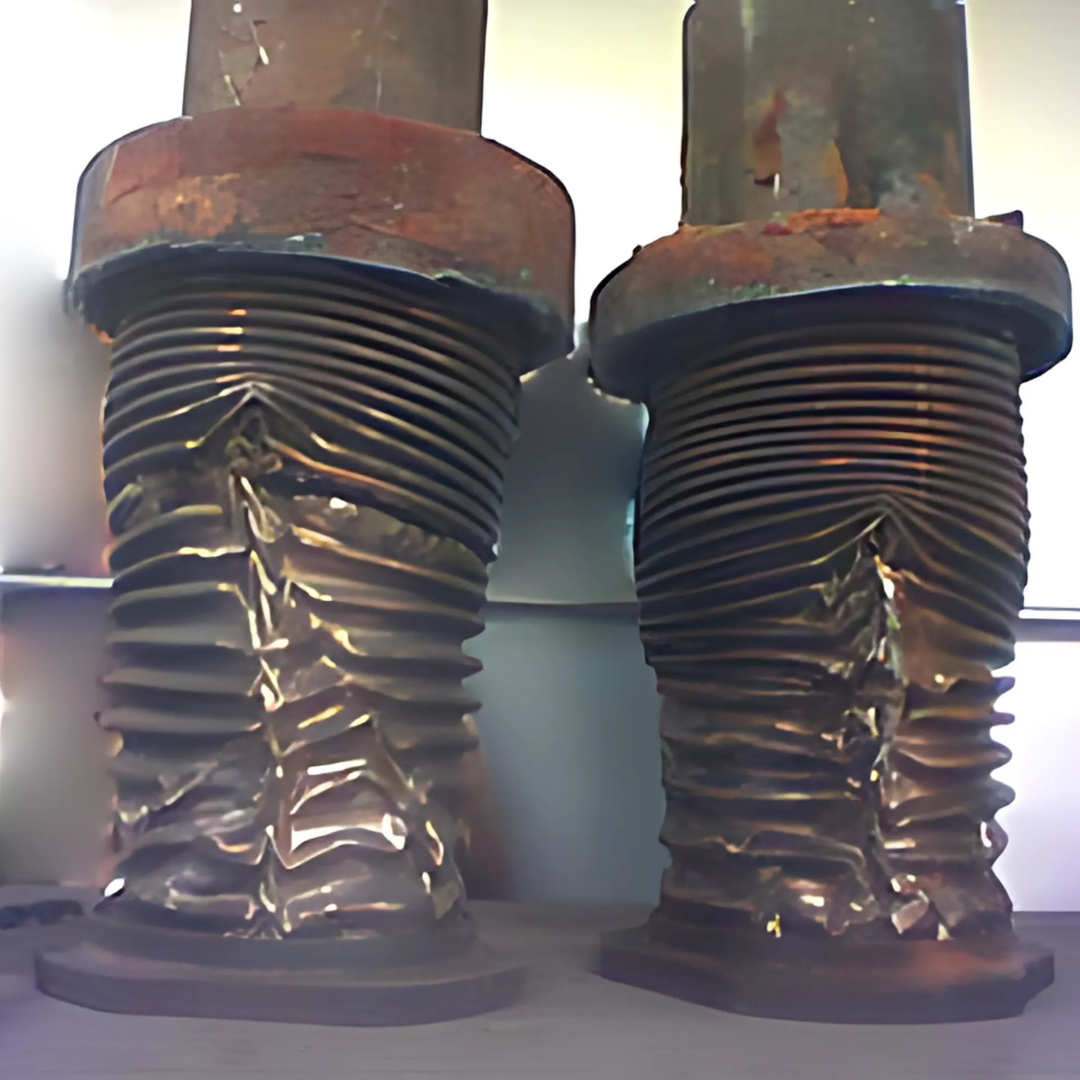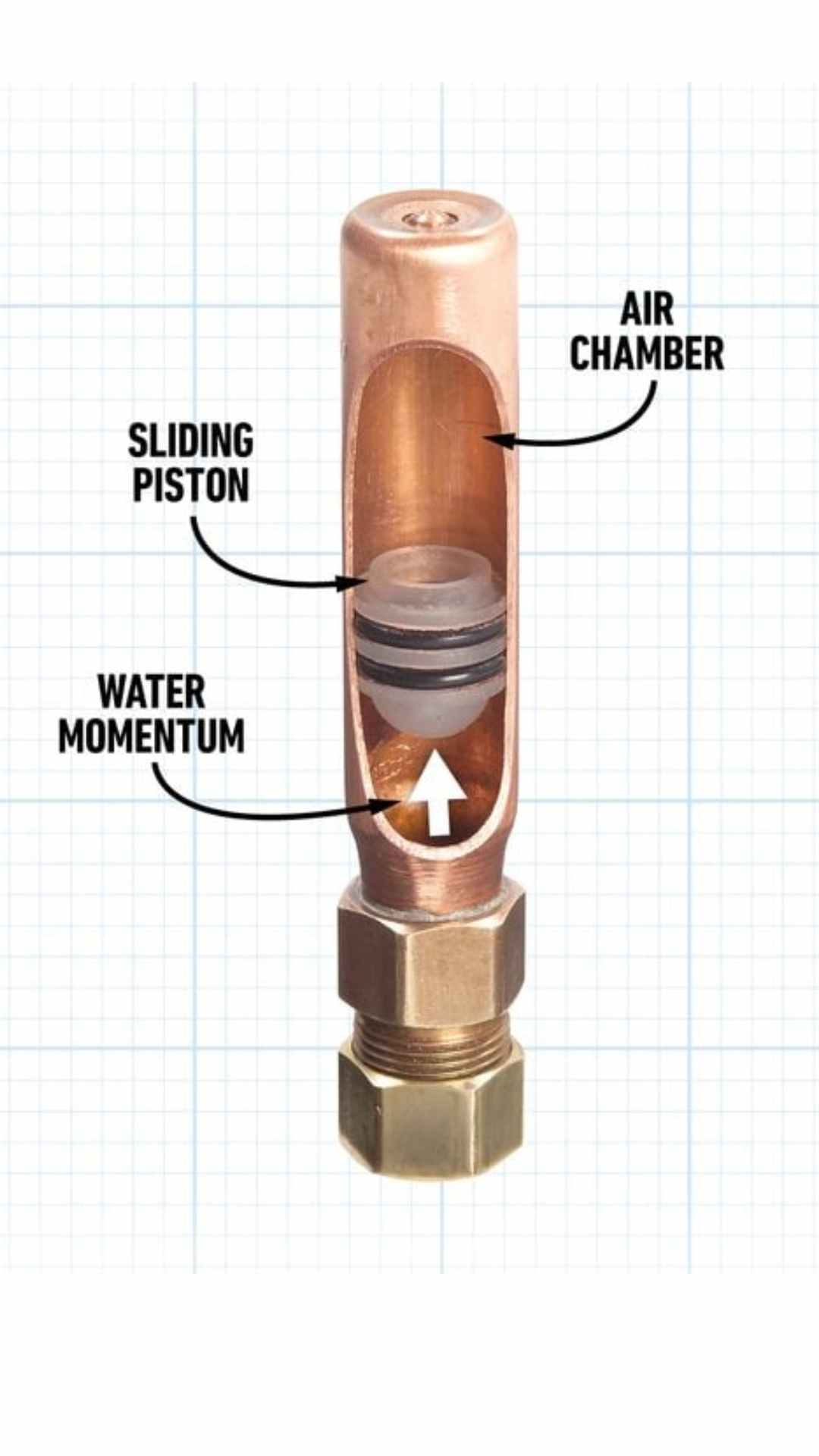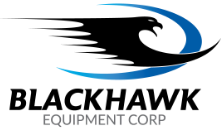Understanding and Mitigating Water Hammer in Industrial Pumping Systems
07/26/2025

If you've ever worked near a large industrial piping system, you may have heard it: a sudden, loud, and often violent "BANG" that seems to shake the entire structure. This alarming noise is far more than just a nuisance; it's the audible evidence of a powerful and destructive phenomenon known as water hammer, or more technically, hydraulic shock. This transient pressure surge can cause catastrophic damage to pipes, valves, pumps, and sensitive instrumentation, leading to costly downtime and serious safety hazards. As experts in industrial fluid handling, the team at Blackhawk Equipment knows that designing a reliable pumping system means proactively engineering solutions to prevent this common problem. This guide will explain what water hammer is, what causes it, and most importantly, what practical engineering solutions you can implement to mitigate it.
What is Water Hammer? A Physics-Based Explanation
To understand water hammer, it helps to use an analogy. Imagine a long, heavy freight train moving at speed. The entire train possesses immense momentum. If the locomotive at the front hits an immovable object and stops instantly, the rail cars behind it don't stop immediately; they continue forward, crashing into one another and creating a massive shockwave that travels down the line.
The same thing happens in a pipe. A column of moving liquid has mass and velocity, which gives it kinetic energy and momentum. When a valve at the end of the pipe is closed abruptly, or a pump shuts down suddenly, the liquid at the front of the column stops instantly. The liquid behind it, still full of momentum, crashes into the stationary liquid, causing its kinetic energy to be converted into potential energy in the form of an extremely high-pressure acoustic shockwave. This pressure wave then travels back and forth through the pipe at the speed of sound in that liquid (over 3,000 mph or 4,800 km/h in water) until the energy dissipates through friction. The pressure spikes can be enormous, often reaching 10 times the normal system operating pressure or more.
-
The Threat of Column Separation:
-
The phenomenon can be even more complex. The initial high-pressure wave is followed by a negative pressure (sub-atmospheric) wave. If this negative pressure is low enough, it can cause the liquid to vaporize in a section of the pipe, creating a vapor pocket. This is known as liquid column separation. As the pressure waves oscillate, the system pressure will rebound, causing this vapor pocket to violently collapse. This collapse is often the source of the loudest "bang" and can be even more destructive than the initial pressure spike.
-
Common Causes of Water Hammer in Industrial Pumping Systems
Water hammer is always caused by a rapid change in the velocity of the fluid. The most common triggers in an industrial setting include:
-
Rapid Valve Closure: This is the most frequent culprit. The quick closing of solenoid valves, quarter-turn ball valves, or butterfly valves at the end of a long pipe run is a textbook cause of severe water hammer. The faster the valve closes, the more intense the resulting pressure surge.
-
Pump Start-up: Starting a pump and rapidly accelerating a column of liquid into a system that is empty or has a closed valve at the end can cause the liquid to slam into the obstruction, creating a pressure wave.

-
Pump Shutdown (especially due to power failure): This is a primary cause of severe water hammer in many systems. When a pump suddenly loses power, the motor stops driving the fluid forward. However, the fluid column in the discharge pipe continues to move due to its momentum, creating a low-pressure zone at the pump. Gravity and system pressure then cause the entire column of fluid to reverse direction and rush back towards the pump, slamming violently into the pump's check valve. This is often referred to as "check valve slam."
The Destructive Consequences of Unmitigated Hydraulic Shock
The forces generated by water hammer are not trivial. They can lead to:
-
Catastrophic Failure of Pipes and Valves: The pressure spikes can exceed the pressure rating of the pipe, causing it to rupture. Flanges can be broken, and valve bodies can be cracked.
-
Pump Damage: The violent backflow and subsequent slam against the check valve can damage pump impellers, break shafts, destroy bearings, and cause seal failures.
-
Instrumentation Damage: Sensitive and expensive instruments like pressure gauges, transducers, and flow meters can be instantly destroyed by the intense pressure spike.
-
Damage to Pipe Supports: The violent physical shaking of the pipes can break hangers, supports, and anchors, leading to further system instability and potential secondary failures.
-
Serious Safety Hazards: A ruptured pipe can release high-pressure fluid—which may be hot, acidic, or otherwise hazardous—creating a significant risk to personnel in the area.
Engineering Solutions: How to Mitigate and Prevent Water Hammer
Fortunately, water hammer is a well-understood phenomenon, and numerous effective engineering solutions exist to prevent it.
-
Slowing Down Valve Closure Speeds:
-
Since rapid changes in velocity are the cause, slowing down those changes is the most direct solution. Where possible, replace fast-acting valves with slower-closing, gear-operated valves. For automated systems, use motorized valve actuators that can be programmed for controlled, slow closing and opening times.
-
-
Selecting Advanced Check Valves:
-
To combat check valve slam after a pump shutdown, moving beyond a basic swing check valve is critical.
-
"Silent" or "Nozzle" Check Valves: These spring-loaded valves are designed to close very quickly, before the fluid column has a chance to reverse its direction. By preventing significant backflow, they prevent the slam.
-
Cushioned or Dampened Check Valves: These valves incorporate a hydraulic dashpot or weighted lever mechanism that slows down the final movement of the valve disc, cushioning the closure and preventing a sudden stop.
-
-
Installing Surge Suppression Devices:
-
These devices are designed to absorb the shockwave's energy.
-
Water Hammer Arrestors: These are relatively small devices containing a sealed chamber of compressible gas (like nitrogen) behind a piston or bladder. Installed near fast-closing valves, they act like a shock absorber for the hydraulic system, absorbing the pressure spike.
-
Bladder Tanks / Surge Tanks / Accumulators: These are larger vessels that perform a similar function on a system-wide scale. Often installed at the pump discharge, they absorb the initial pressure surge during a shutdown and then feed fluid back into the line as the negative pressure wave forms, preventing column separation and the subsequent destructive collapse.
-
-
Implementing System Design and Control Best Practices:
-
VFD Pump Control: Using a Variable Frequency Drive (VFD) to slowly ramp a pump up to speed on start-up and, more importantly, slowly ramp it down before shutdown can dramatically reduce the potential for hydraulic shock.
-
Proper Pipe Routing and Support: While not a direct solution, ensuring that piping is securely anchored and supported is crucial to withstand any minor pressure fluctuations that do occur.
-
Air Release Valves: Installing these specialized valves at high points in the pipeline can vent trapped air and help prevent the formation of vapor pockets during negative pressure events.
-
Blackhawk Equipment: Your Partner in Designing Reliable Pumping Systems
Preventing water hammer starts at the design phase. At Blackhawk Equipment, our expertise goes beyond just supplying a pump. We help you engineer a complete, reliable system. Our team can assist you by:
-
Selecting the right pumps (from leading brands like Grundfos) and VFDs to ensure controlled, smooth operation.
-
Advising on the selection and placement of the correct type of check valve for your specific application.
-
Helping you specify and source the appropriate surge suppression devices, such as water hammer arrestors or bladder tanks.
-
Providing system design expertise to proactively mitigate the risks associated with fluid dynamics.
Conclusion: Taming the Hammer for a Safer, More Reliable System
Water hammer is a powerful and destructive force, but it is not an unavoidable mystery. It is a predictable and preventable engineering problem. The solution lies in a deep understanding of its causes and the diligent application of proven engineering controls—from smarter valve and pump control to the installation of specialized suppression devices. By designing pumping systems with water hammer mitigation as a core consideration from the outset, you can ensure the long-term reliability of your operations, protect your valuable assets, and create a safer working environment for your team.
Contact Blackhawk Equipment when designing your next industrial pumping system or troubleshooting an existing one. Let our experts help you build a system that is robust, reliable, and properly protected from the dangers of hydraulic shock.
